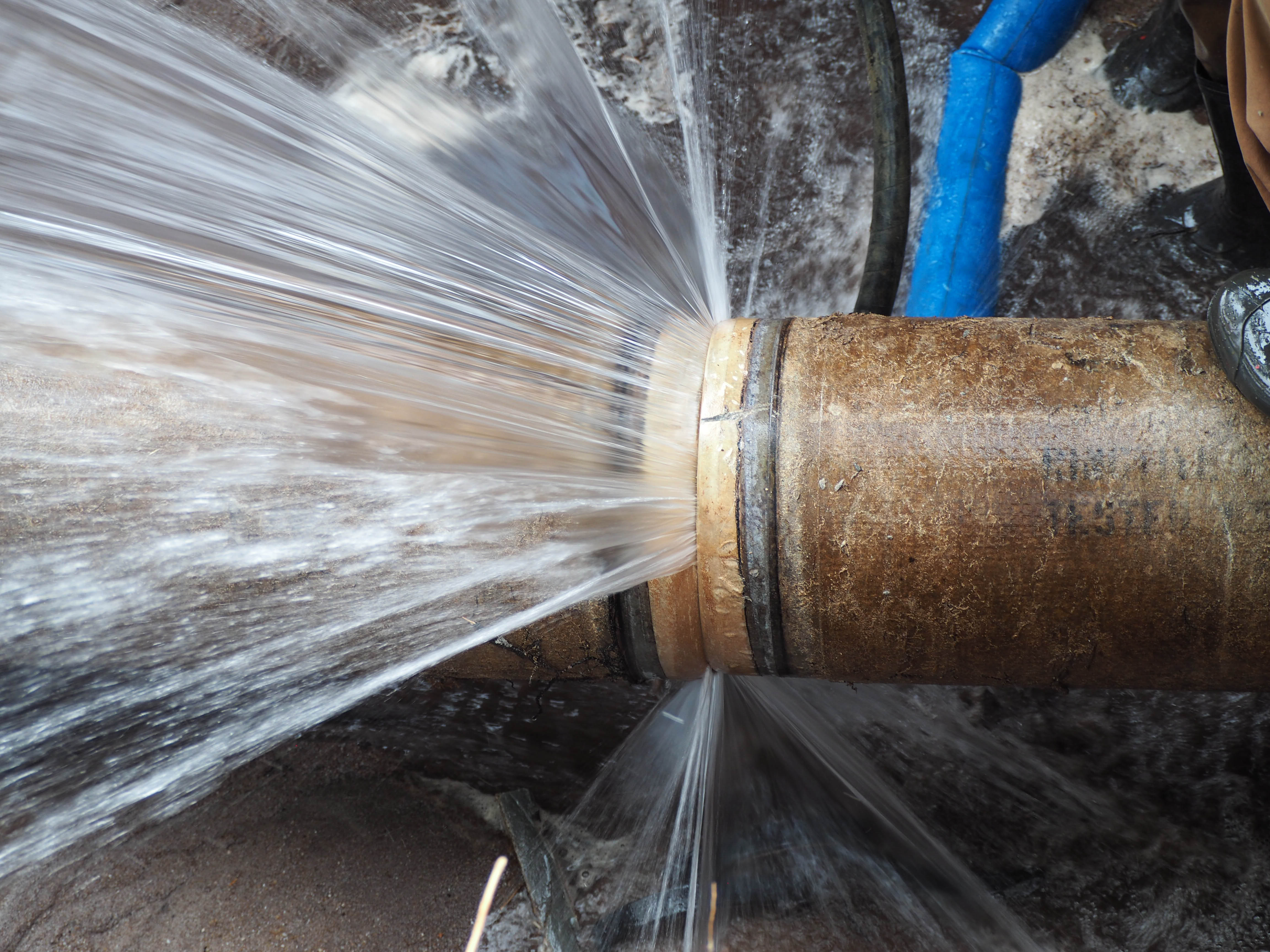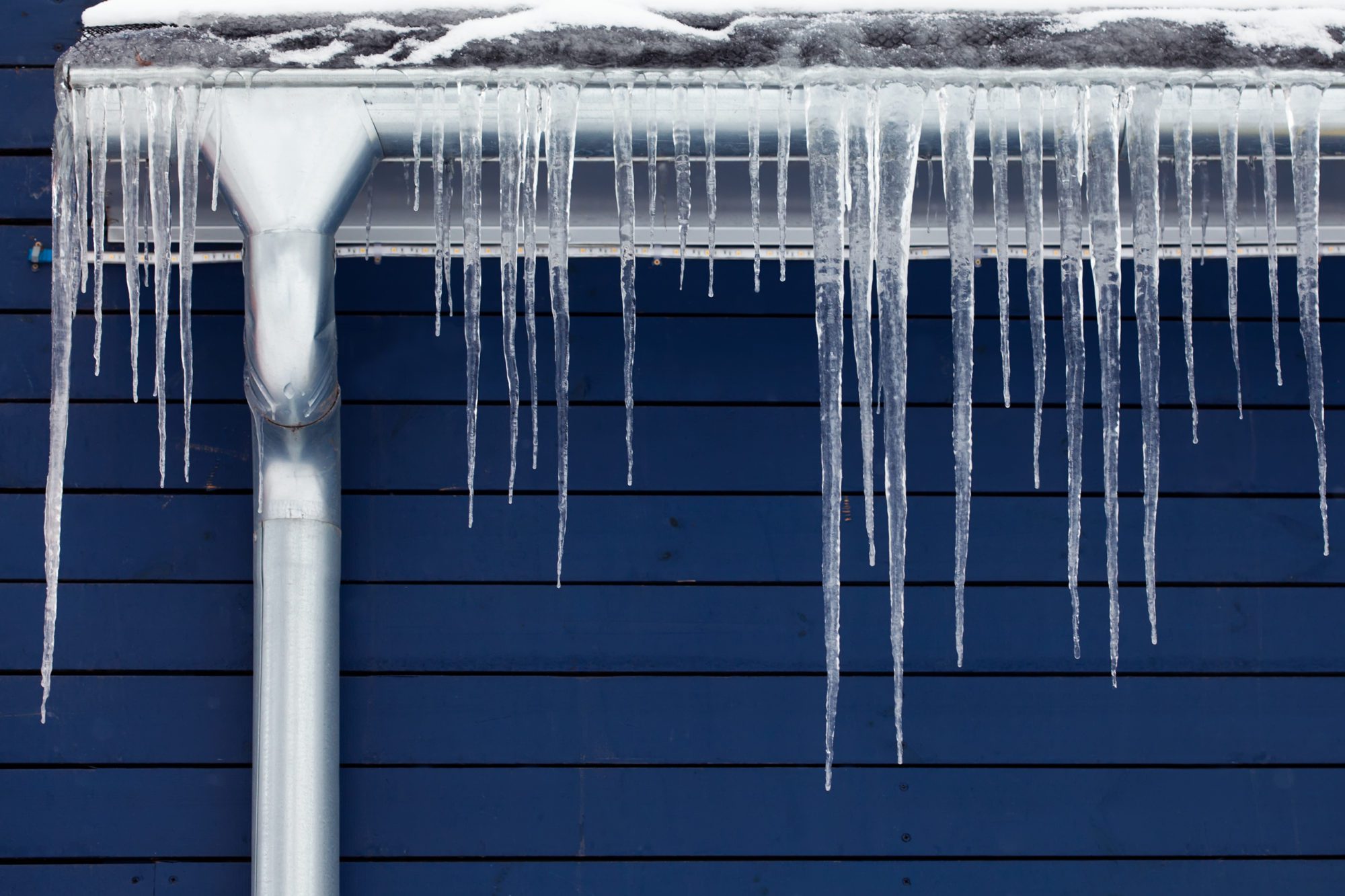Preventing Frozen Plumbing in Winter: Critical Strategies
Preventing Frozen Plumbing in Winter: Critical Strategies
Blog Article
Do you find yourself in search of related information involving Winter Plumbing Precautions: Preventing Frozen Pipes?

Cold weather can damage your plumbing, particularly by freezing pipes. Here's how to stop it from taking place and what to do if it does.
Intro
As temperatures drop, the threat of icy pipes increases, potentially resulting in costly repair services and water damage. Understanding exactly how to prevent icy pipelines is vital for property owners in cool environments.
Understanding Icy Pipes
What triggers pipelines to freeze?
Pipelines ice up when subjected to temperature levels below 32 ° F (0 ° C) for expanded periods. As water inside the pipelines freezes, it broadens, taxing the pipeline walls and potentially triggering them to break.
Threats and damages
Icy pipes can result in water disruptions, home damages, and pricey repair work. Ruptured pipes can flood homes and trigger considerable architectural damages.
Indications of Frozen Water Lines
Identifying frozen pipes early can stop them from breaking.
Exactly how to determine icy pipelines
Look for lowered water circulation from taps, uncommon odors or noises from pipes, and noticeable frost on revealed pipelines.
Prevention Tips
Insulating at risk pipelines
Cover pipelines in insulation sleeves or make use of warmth tape to protect them from freezing temperatures. Focus on pipelines in unheated or external locations of the home.
Home heating techniques
Keep indoor rooms properly heated, especially locations with pipes. Open cabinet doors to permit cozy air to flow around pipelines under sinks.
Securing Outdoor Pipes
Yard hose pipes and exterior taps
Disconnect and drain pipes garden hoses before winter months. Set up frost-proof faucets or cover outside faucets with protected caps.
What to Do If Your Pipes Freeze
Immediate activities to take
If you suspect icy pipes, keep taps open up to relieve stress as the ice melts. Make use of a hairdryer or towels soaked in warm water to thaw pipelines slowly.
Long-Term Solutions
Architectural adjustments
Take into consideration rerouting pipelines away from exterior wall surfaces or unheated locations. Add extra insulation to attic rooms, cellars, and crawl spaces.
Updating insulation
Invest in top notch insulation for pipelines, attic rooms, and walls. Proper insulation helps preserve constant temperature levels and minimizes the threat of icy pipelines.
Final thought
Protecting against icy pipelines needs positive procedures and quick reactions. By understanding the causes, signs, and safety nets, home owners can safeguard their plumbing throughout winter.
5 Ways to Prevent Frozen Pipes
Drain Outdoor Faucets and Disconnect Hoses
First, close the shut-off valve that controls the flow of water in the pipe to your outdoor faucet. Then, head outside to disconnect and drain your hose and open the outdoor faucet to allow the water to completely drain out of the line. Turn off the faucet when done. Finally, head back to the shut-off valve and drain the remaining water inside the pipe into a bucket or container. Additionally, if you have a home irrigation system, you should consider hiring an expert to clear the system of water each year.
Insulate Pipes
One of the best and most cost-effective methods for preventing frozen water pipes is to wrap your pipes with insulation. This is especially important for areas in your home that aren’t exposed to heat, such as an attic. We suggest using foam sleeves, which can typically be found at your local hardware store.
Keep Heat Running at 65
Your pipes are located inside your walls, and the temperature there is much colder than the rest of the house. To prevent your pipes from freezing, The Insurance Information Institute suggests that you keep your home heated to at least 65 degrees, even when traveling. You may want to invest in smart devices that can keep an eye on the temperature in your home while you’re away.
Leave Water Dripping
Moving water — even a small trickle — can prevent ice from forming inside your pipes. When freezing temps are imminent, start a drip of water from all faucets that serve exposed pipes. Leaving a few faucets running will also help relieve pressure inside the pipes and help prevent a rupture if the water inside freezes.
Open Cupboard Doors
Warm your kitchen and bathroom pipes by opening cupboards and vanities. You should also leave your interior doors ajar to help warm air circulate evenly throughout your home.

As a serious person who reads about How To Avoid Freezing Pipes, I was thinking sharing that excerpt was really useful. Feel free to take a moment to promote this page if you liked it. I am grateful for your time. Return soon.
Visit Link Report this page